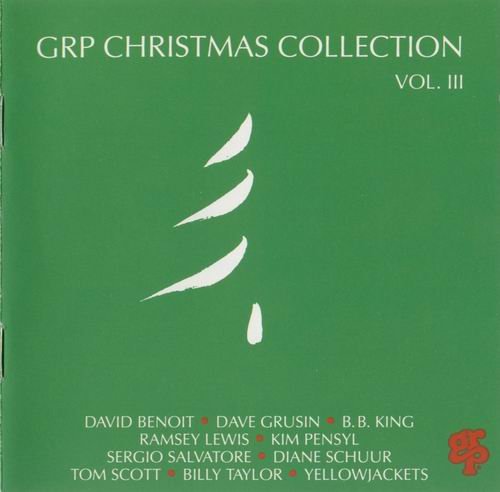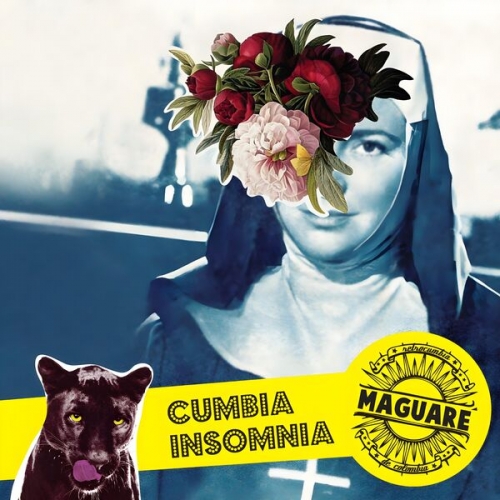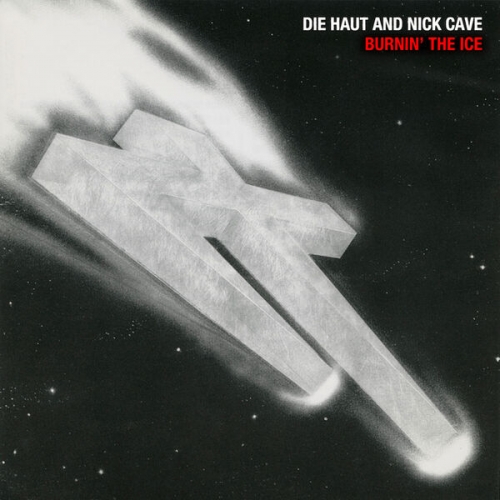Teodoro Anzellotti - Chanson discrète (2007)

Artist: Teodoro Anzellotti
Title: Chanson discrète
Year Of Release: 2007
Label: Winter and Winter
Genre: Classical
Quality: FLAC (tracks)
Total Time: 52:52
Total Size: 238 MB
WebSite: Album Preview
Tracklist:Title: Chanson discrète
Year Of Release: 2007
Label: Winter and Winter
Genre: Classical
Quality: FLAC (tracks)
Total Time: 52:52
Total Size: 238 MB
WebSite: Album Preview
1. Canzon Nr. 6 (arr. for Accordion) (03:29)
2. Sequenza XIII (for Piano) (1995/96) (arr. for Accordion) (09:40)
3. FbWV 632: Tombeau Sur Le Mort de M. de Blacheroche C-moll (arr. for Accordion) (06:38)
4. Slow Motion (arr. for Accordion) (10:57)
5. Lamentation Sur Ce, Que J'ay Été Volé (arr. for Accordion) (06:40)
6. Vagabonde Blu (1998) (arr. for Accordion) (08:55)
7. Méditation, Faite Sur Ma Mort Future Memento Morj Froberger (1953) (arr. for Accordion) (06:30)
Teodoro Anzellotti is not your run-of-the-mill accordion player -- you won't find him playing at wedding receptions or polka parties. In fact, if Anzellotti plays anything remotely resembling traditional accordion music, it must be exclusively in the privacy of his own home, because you won't find it on any of his numerous recordings, his extensive performance history, or his repertoire list. Instead, he specializes in new music, and occasionally branches out, creating transcriptions of Baroque keyboard works and classics of early modernism, such as music by Satie. He has had numerous works written for him, most notably Berio's Sequenza XIII, the final installment in the composer's historic series of solos for virtuosi.
This CD includes music both very old and very new. It's organized around Anzellotti's arrangements of four pieces by Johann Jacob Froberger, written in the middle of the seventeenth century. Froberger's works frame three new pieces written for Anzellotti, including the Berio, Toshio Hosokawa's Slow Motion (2002), and Salvatore Sciarrino's Vagabonde blu (1998). The arrangements are very skillfully done; three of the pieces have the character of laments and are well suited to the accordion's organ-like ability to sustain long notes. The fourth piece is full of fugal counterpoint, and while its difficulty on the accordion must be staggering, Anzellotti plays it with easy elegance. Berio's atonal Sequenza exploits a broad range of the instrument's technical and expressive capabilities, and is notable for the composer's disciplined and economical development of a simple melodic cell. Anzellotti's brilliance as a performer and his adroit programming on this CD make it easy for the listener to hear the accordion as an instrument with expressive possibilities far more diverse than that of the traditional music with which it's usually associated.
This CD includes music both very old and very new. It's organized around Anzellotti's arrangements of four pieces by Johann Jacob Froberger, written in the middle of the seventeenth century. Froberger's works frame three new pieces written for Anzellotti, including the Berio, Toshio Hosokawa's Slow Motion (2002), and Salvatore Sciarrino's Vagabonde blu (1998). The arrangements are very skillfully done; three of the pieces have the character of laments and are well suited to the accordion's organ-like ability to sustain long notes. The fourth piece is full of fugal counterpoint, and while its difficulty on the accordion must be staggering, Anzellotti plays it with easy elegance. Berio's atonal Sequenza exploits a broad range of the instrument's technical and expressive capabilities, and is notable for the composer's disciplined and economical development of a simple melodic cell. Anzellotti's brilliance as a performer and his adroit programming on this CD make it easy for the listener to hear the accordion as an instrument with expressive possibilities far more diverse than that of the traditional music with which it's usually associated.







![Johnny Mathis - Sending You a Little Christmas (2013) [Hi-Res] Johnny Mathis - Sending You a Little Christmas (2013) [Hi-Res]](https://img.israbox.com/img/2025-12/23/38ptbeu2vtopjom56b48st4yc.jpg)
